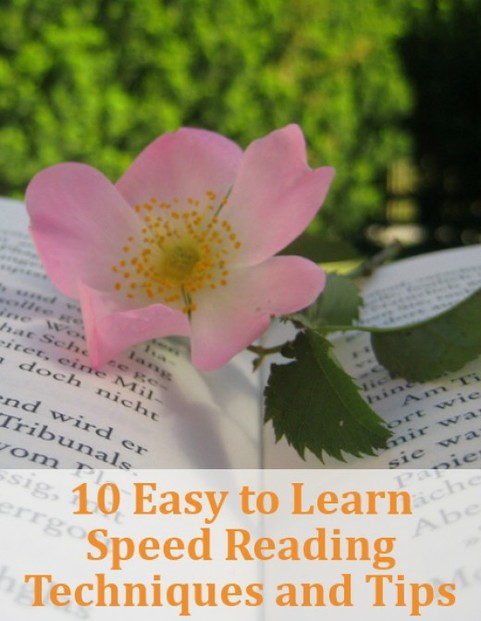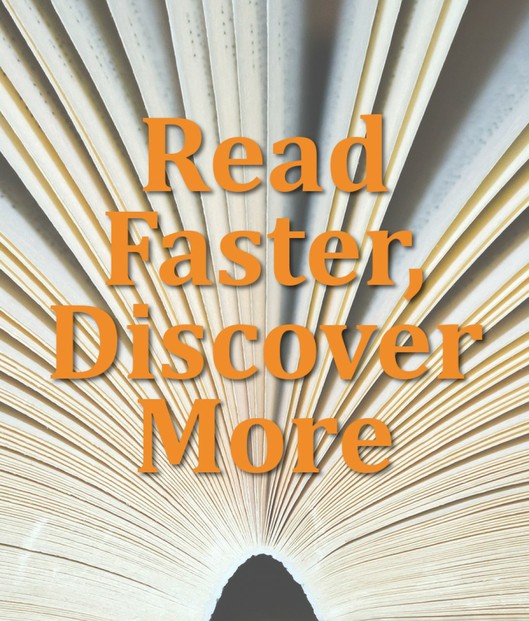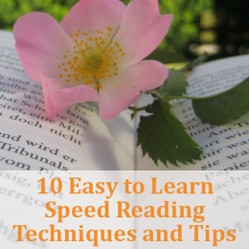TIP 1) Improve your reading environment. Take a good look at your normal reading location. Where you normally read may not be the best or most ideal environment for you to work in. There are lots of factors to think about and to consider including ensuring that the lighting levels are bright enough so you're not straining your eyes and keeping distractions like background noise to a minimum so you can really concentrate and focus.
Even sitting in the right place can be crucial since sitting on a bed or in an overly comfortable seat can result in a loss of concentration and you may even end up nodding off to sleep instead. You definitely don't want to be too cold but being overly warm can also encourage sleep rather than work. A space which has some fresh air to help to keep you focused and more of a work environment rather than a recreational one can actually make big improvements with how well you read.
TIP 2) Plan out what you want to know before you start. What is the purpose of your reading material and what is it that you are hoping to learn from it? Do you just need a very quick overview or summary of the text or do you need some really solid and detailed facts? If you know exactly what you want out of your reading session before you start, you are more likely to apply the appropriate technique which will make the process much more efficient.
TIP 3) Learn how to scan the text to find the information you need. Very often research requires finding specific pieces of information. You can do this by using a scanning technique along with a printed book or article or with an e-book reader such as a Kindle or even a tablet device.
First focus on what it is that you need to find then use a finger, running or hovering it down the middle of each page from top to bottom. Your eyes need to follow the movement of your finger from top to bottom as they search for the required information. Your finger should merely act as a visual guide to picking out words that are related to what you're seeking. As soon as you spot something related to what you need to know, slow down and read further in this area.









 Magnetic Dress Up Doll Sets and Toyson 03/06/2016
Magnetic Dress Up Doll Sets and Toyson 03/06/2016
 Sweet Cupcake Kitchen Accessories and Giftson 03/06/2016
Sweet Cupcake Kitchen Accessories and Giftson 03/06/2016
 Really Cute Beds for Small Dogson 03/06/2016
Really Cute Beds for Small Dogson 03/06/2016
 Battery Powered Cars for Kids Age 3 – 5on 03/03/2016
Battery Powered Cars for Kids Age 3 – 5on 03/03/2016



Your Comments